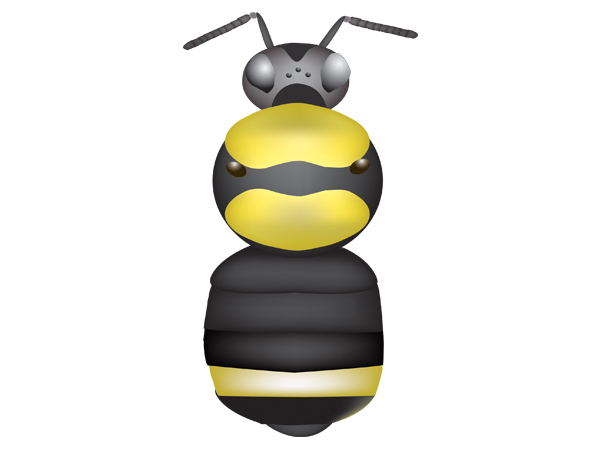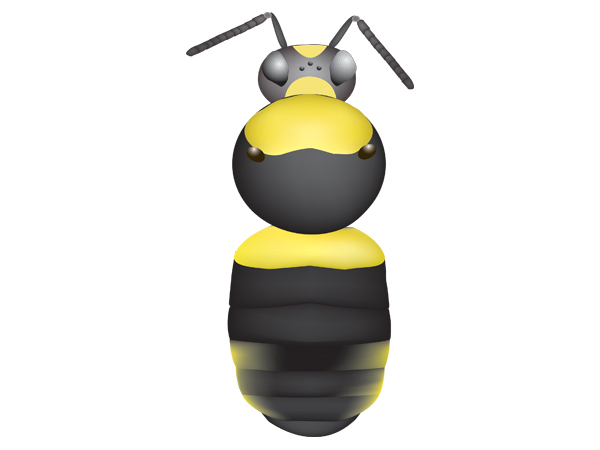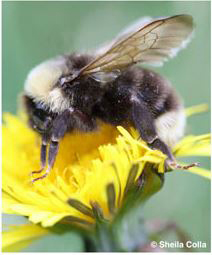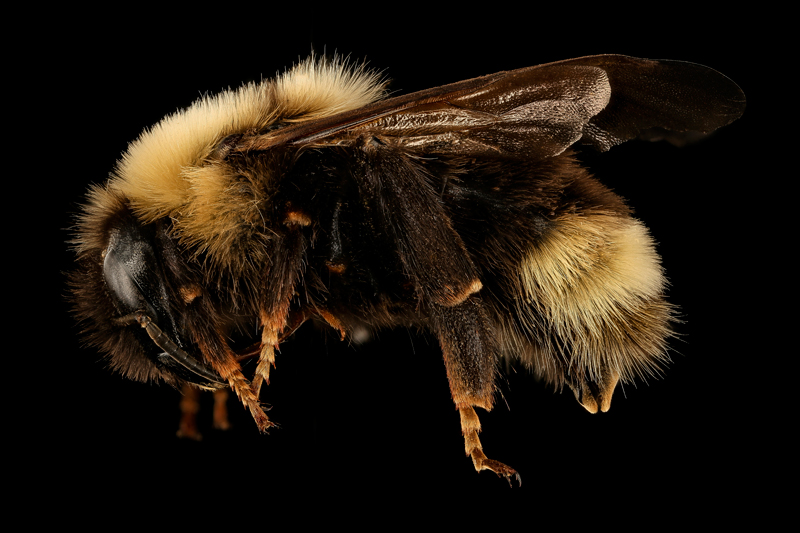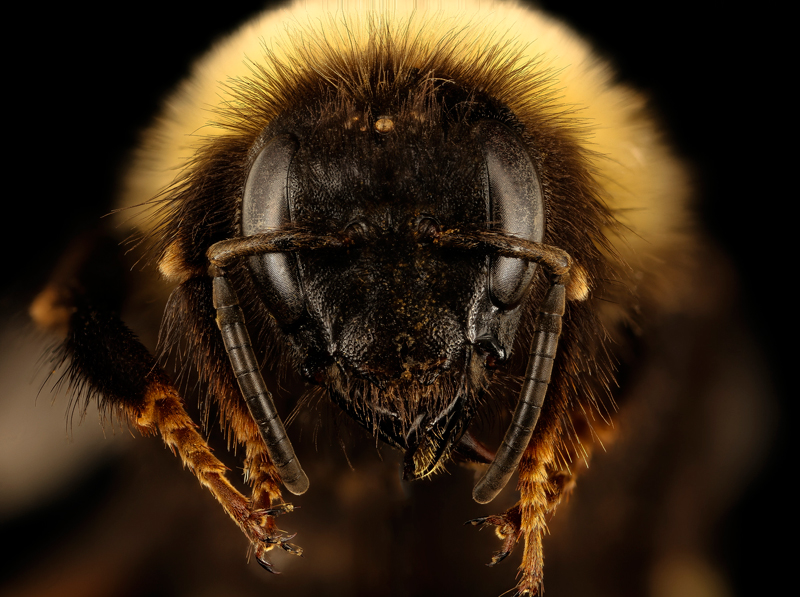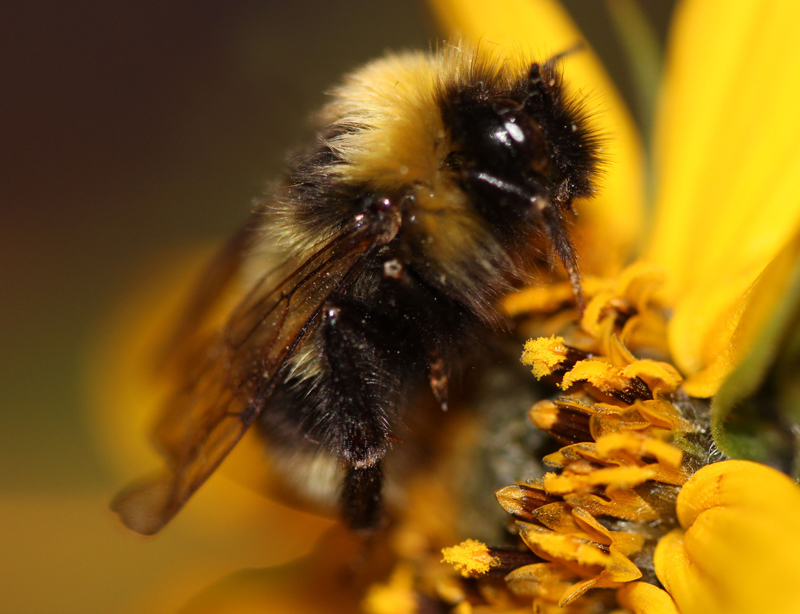
Status-Global/State:
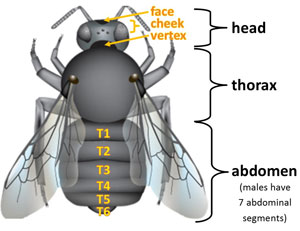
Identification:
- Female – Face and vertex black. Thorax sides mostly black with a black spot or band between the wing bases; black band may be large extending to the abdomen. Abdominal segments T1-2 black, T3 mostly black with yellow on the sides, T4-5 with white and T6 black.
- Male – Similar to female except males have light hairs on the face and vertex and have yellow instead of white hairs on the abdomen.
- Other distinguishing features – Medium length hair. Cuckoo bumble bees lack corbicula/pollen baskets.
Similar Wisconsin Species:
Similar bumble bee species in Wisconsin are the Fernald cuckoo bumble bee (B. flavidus), and the indiscriminate cuckoo bumble bee (B. insularis) (Colla et al. 2011, Williams et al. 2014).
Description of Habitat/Range:
Habitat types are variable, and likely depend on host species. Overwintering sites are unknown.
Nectar Plants
Food plants include Cirsium (thistles), Melilotus (sweet clover), Rubus (blackberry), Rudbeckia (eyed Susans/yellow coneflowers), Solidago (goldenrods), Symphyotrichum, Trifolium (clovers), and Vaccinium (blueberry) (Williams et al. 2014, Colla et al. 2011).
Flight Season:
Historically, the majority of observation records in Wisconsin took place in August. Earliest records were in April and latest in October.
Literature Cited:
Colla, S., Richardson, L. and Williams, P. (2011) Bumble Bees of the Eastern United States. A product of the USDA Forest Service and the Pollinator Partnership with funding from the National Fish and Wildlife Foundation.
Hatfield, R., Jepsen, S., Thorp, R., Richardson, L. & Colla, S. 2016. Bombus bohemicus. The IUCN Red List of Threatened Species 2016: e.T13152926A46440141.
Williams, P.H., Thorp, R.W., Richardson, L.L. and Colla, S.R. (2014) The Bumble bees of North America: An Identification guide. Princeton University Press, Princeton.
